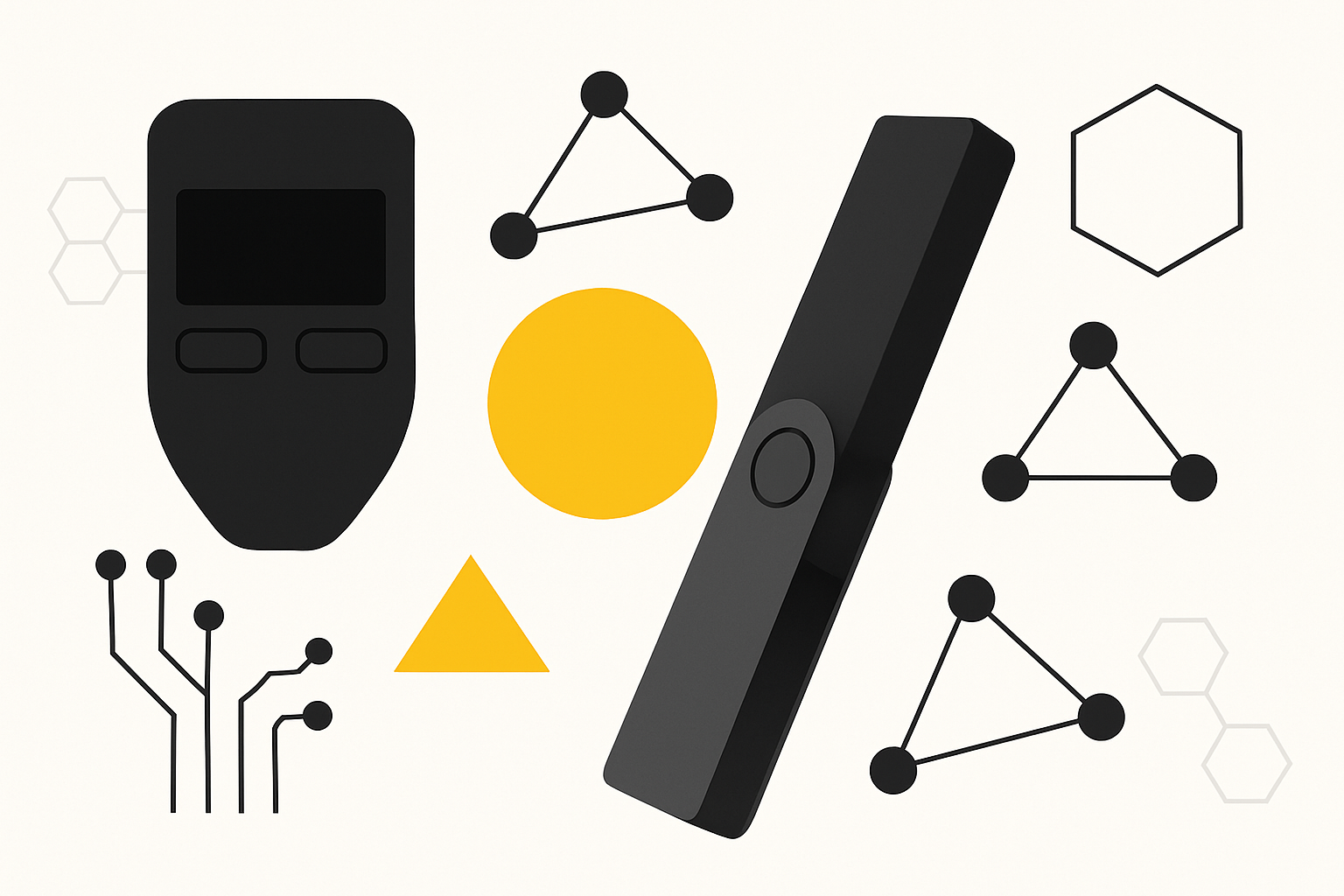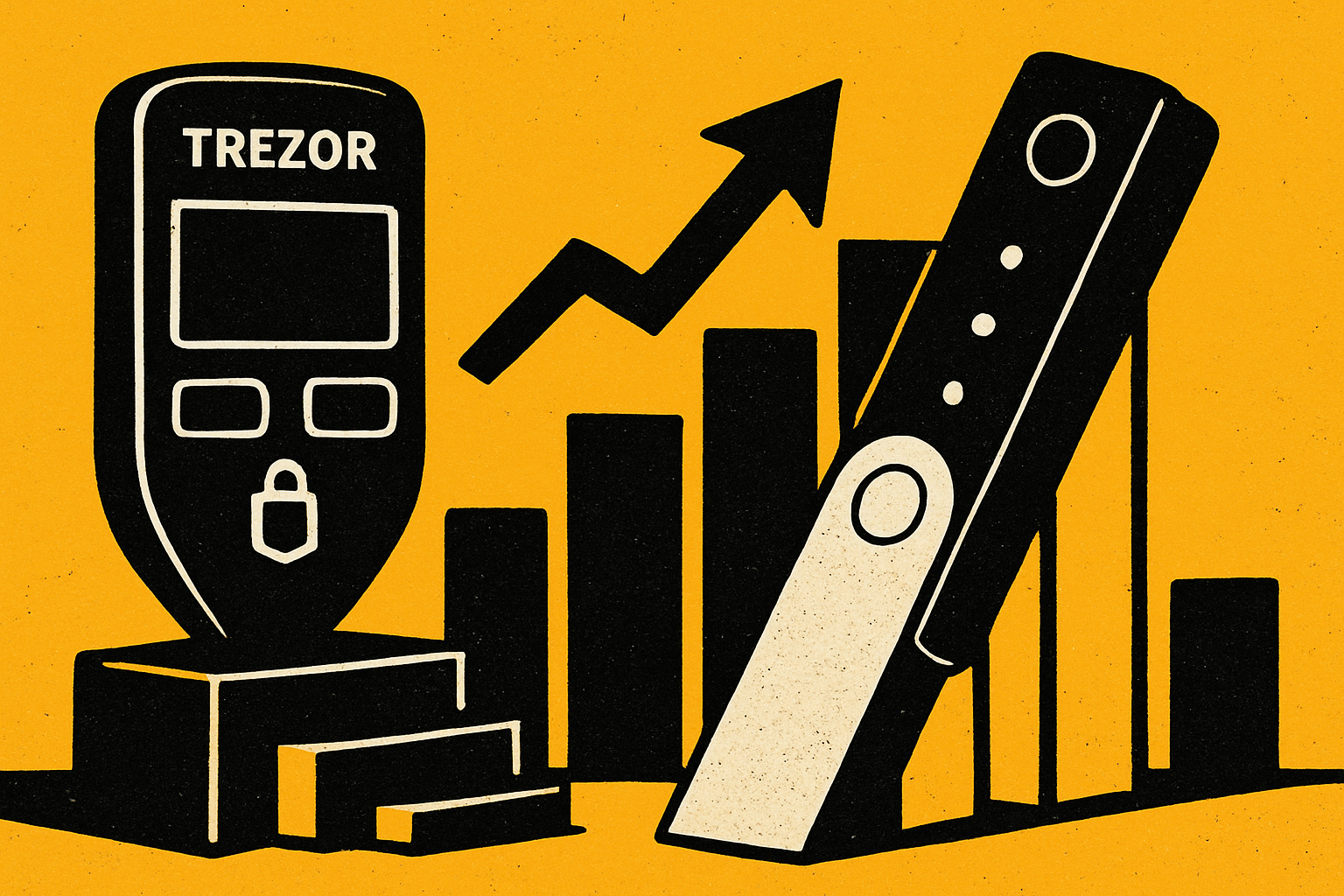Choosing the right hardware wallet in 2025 is more nuanced than ever. With the Trezor TS7 and Ledger Nano X standing out as top contenders, investors are faced with a choice between innovation in user interface and breadth of asset support. This head-to-head visual comparison will help you see how these two flagship devices stack up, both in your hand and in your portfolio.

Trezor TS7 vs Ledger Nano X: Design and Display at a Glance
The first impression matters, especially with devices you’ll trust to safeguard your crypto assets. The Trezor TS7 boasts a 1.54-inch color touchscreen (240×240 pixels), which immediately sets it apart for users who value tactile confirmation of every transaction. The vibrant display makes navigation feel intuitive, particularly for those new to hardware wallets or anyone who prefers visual cues over button presses.
The Ledger Nano X, by contrast, sticks with a more traditional approach: its 1.09-inch monochrome OLED screen is paired with two physical buttons for navigation. While this design may seem less flashy, it’s proven reliable for quick confirmations and offers a familiar experience to long-time Ledger users.
The tactile advantage of the TS7’s touchscreen can’t be overstated for anyone who wants full control over each step of their transactions.
Connectivity: USB-C Simplicity or Bluetooth Freedom?
Modern investors demand flexibility, especially as crypto management becomes increasingly mobile-first. Here’s where the two wallets diverge:
- Trezor TS7: Connects via USB-C only, simple, secure, but no wireless option.
- Ledger Nano X: Offers both USB-C and Bluetooth connectivity, ideal for those who want to manage assets on-the-go without cables.
If you often move between desktop and mobile or want to approve transactions from your phone without plugging in, the Ledger Nano X’s Bluetooth feature is a clear advantage. However, some security-conscious users prefer the no-Bluetooth approach of the TS7, minimizing potential attack surfaces.
Security Features: Secure Element Showdown
No crypto hardware wallet comparison for 2025 would be complete without dissecting security features:
Key Security Features: Trezor TS7 vs Ledger Nano X
-
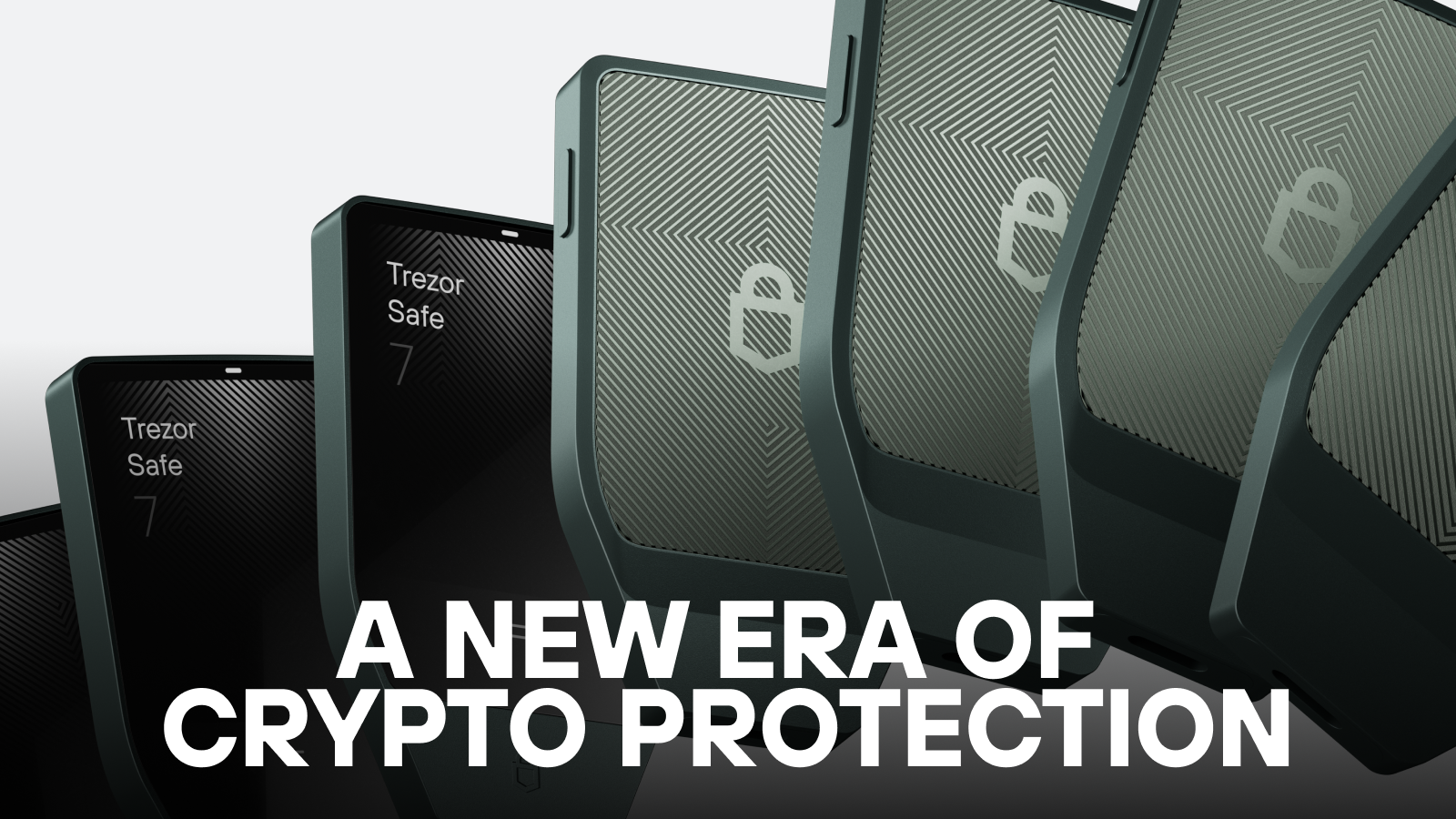
Secure Element Chip: Trezor TS7 uses a CC EAL6+ certified Secure Element for advanced hardware protection, while Ledger Nano X features a CC EAL5+ certified Secure Element for secure private key storage.
-
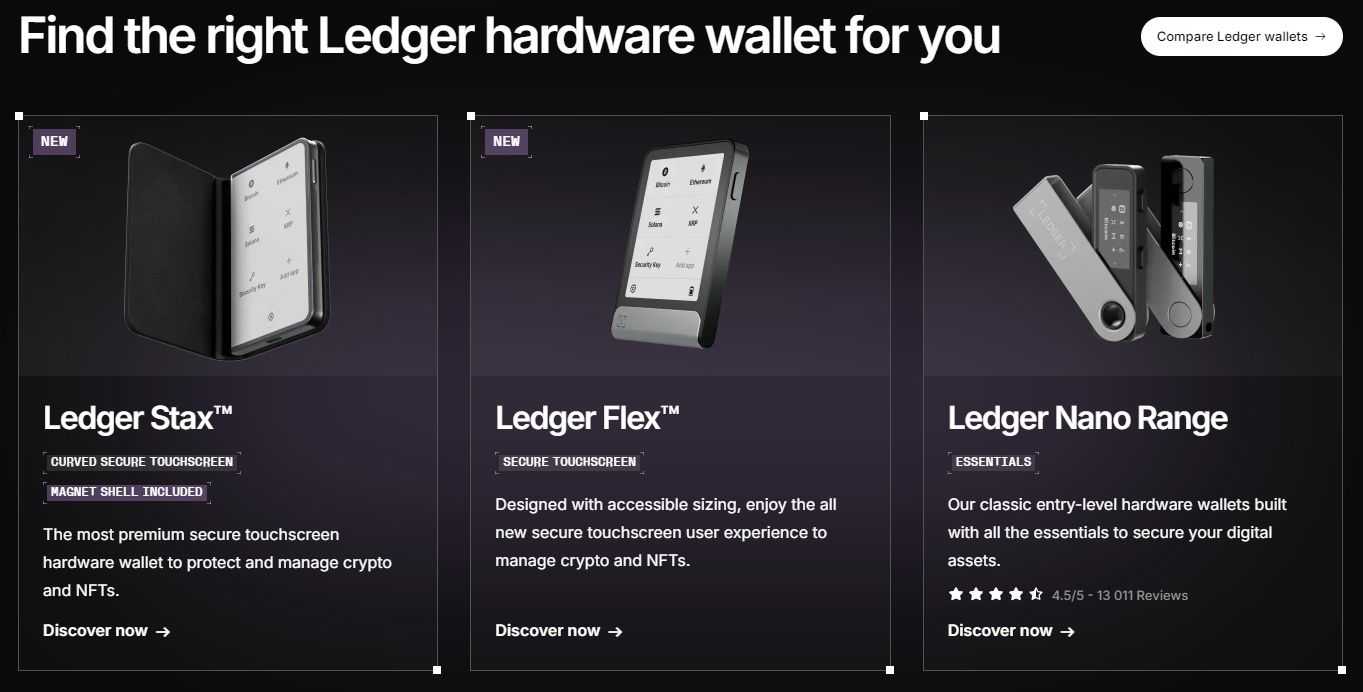
Backup and Recovery Options: Trezor TS7 supports Shamir Backup, allowing users to split their recovery phrase into multiple shares for enhanced security. Ledger Nano X offers Ledger Recover, a service for managing and recovering your recovery phrase securely.
-
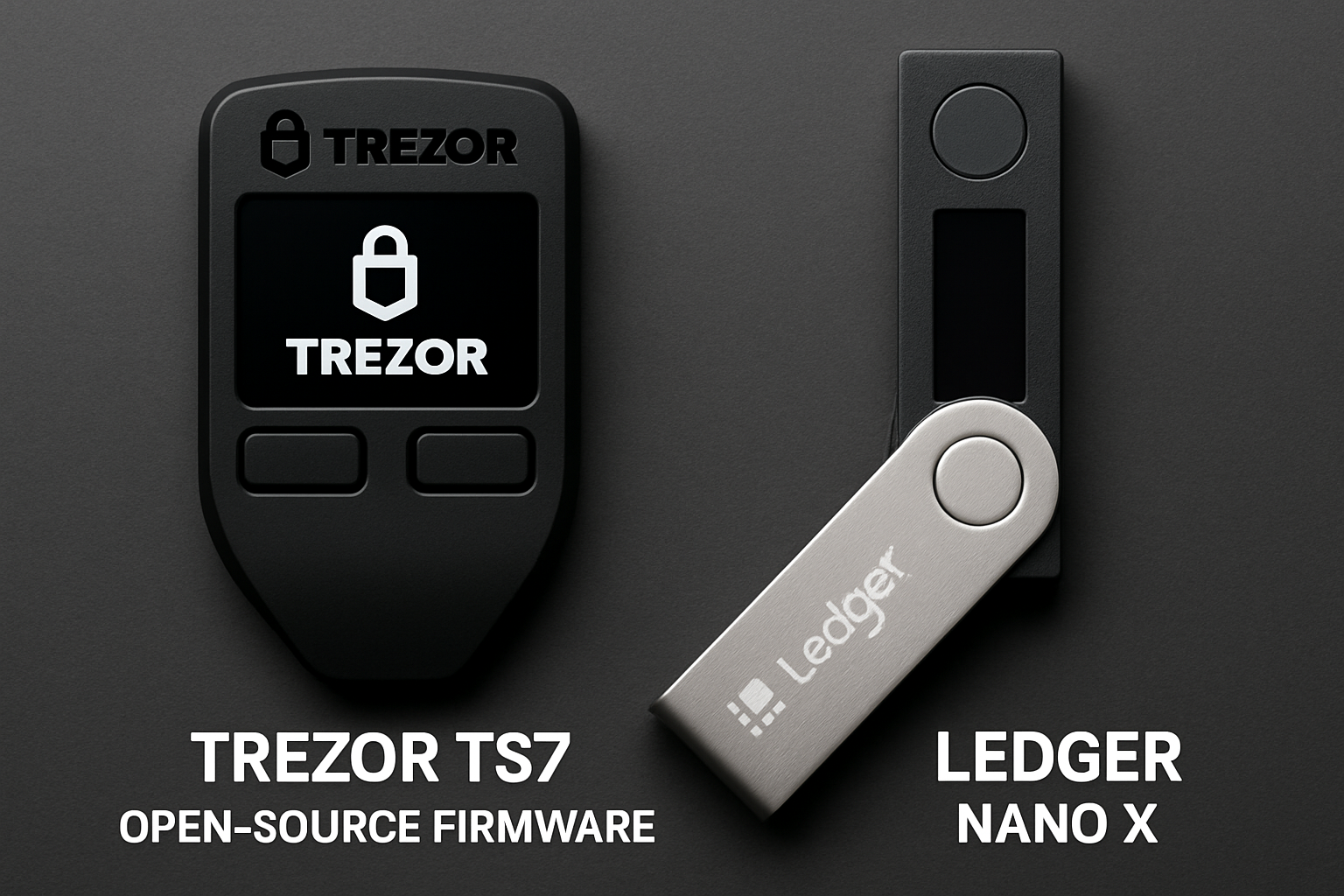
Firmware and Code Transparency: Trezor TS7 is fully open-source, with firmware and hardware code available for public audit. Ledger Nano X uses a closed-source Secure Element but open-sources its application layer for transparency.
-
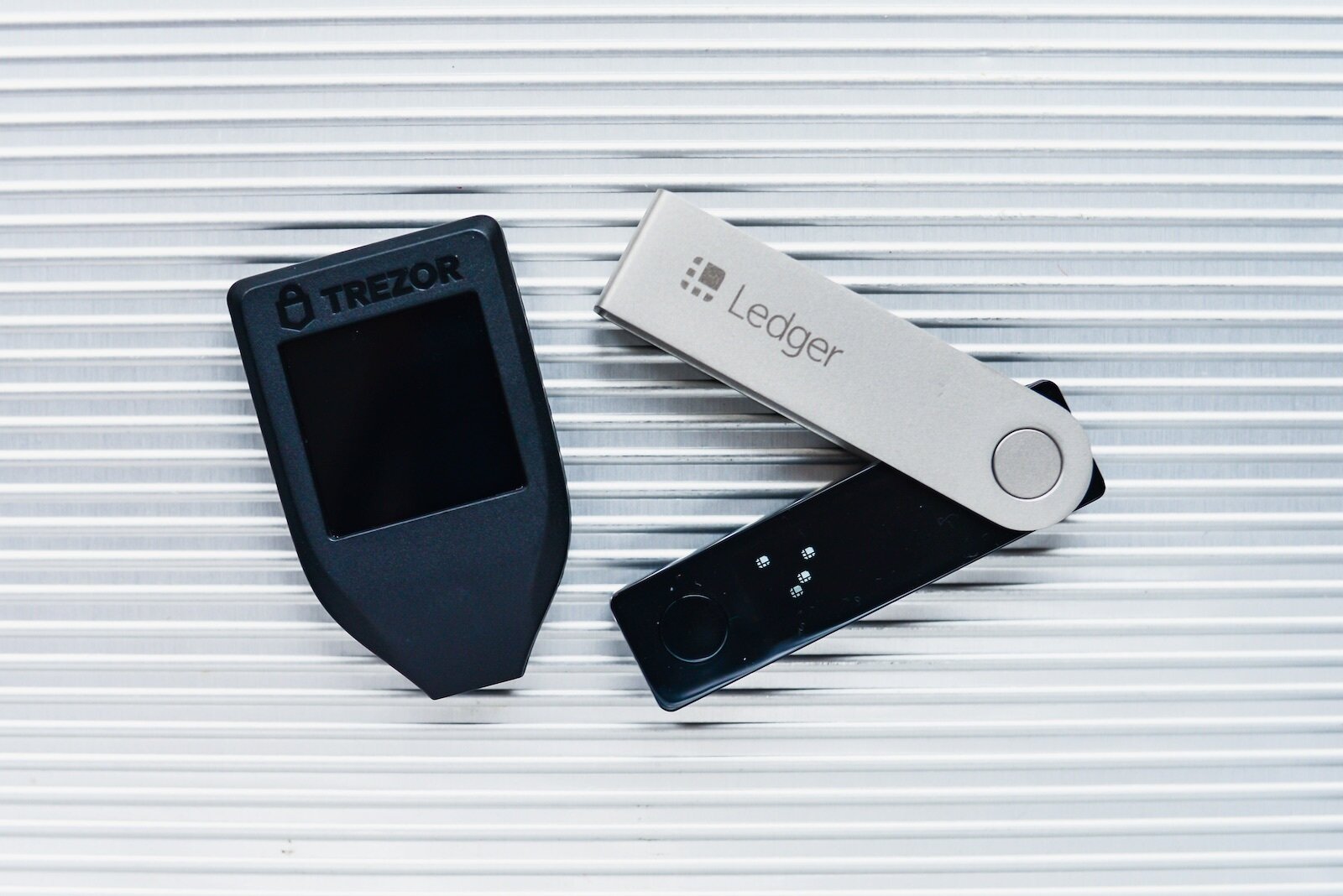
Physical User Verification: Trezor TS7 features a 1.54-inch color touchscreen for direct transaction confirmation, reducing phishing risks. Ledger Nano X uses a 1.09-inch monochrome screen with physical buttons for user verification.
-
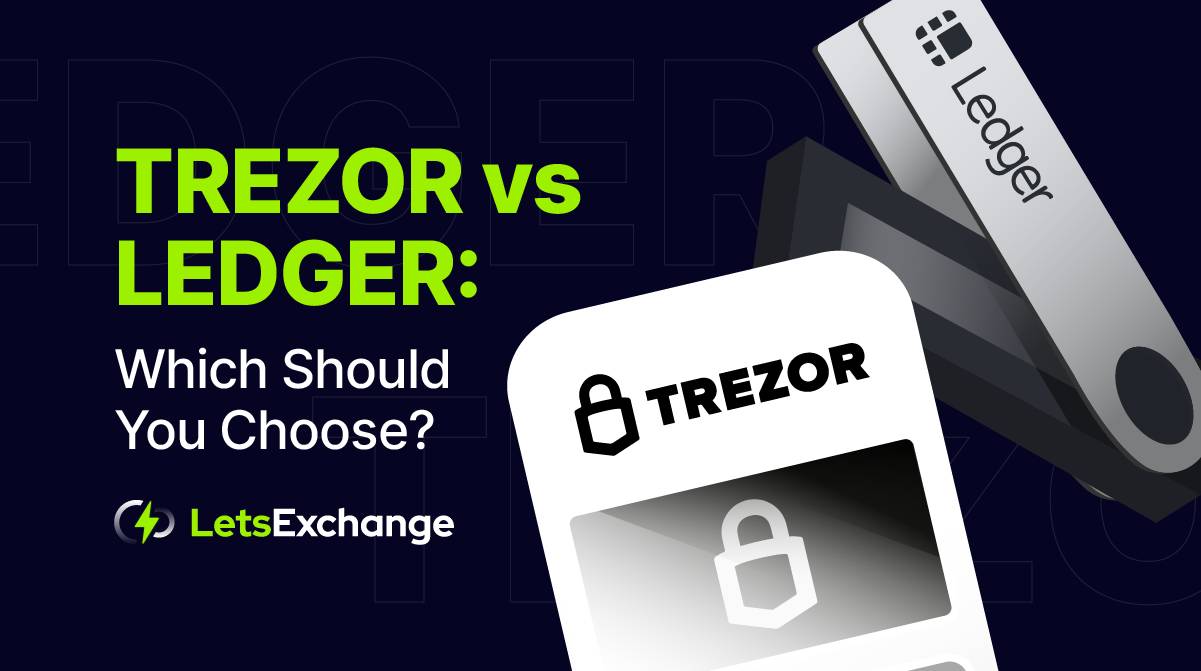
Connection Security: Trezor TS7 connects via USB-C only, minimizing wireless attack vectors. Ledger Nano X supports both USB-C and Bluetooth, offering convenience but introducing additional security considerations for wireless use.
The Trezor TS7 integrates a Secure Element chip (CC EAL6 and certified), placing it among the most robust consumer-grade protections available today. It also supports Shamir Backup, an advanced recovery method allowing you to split your recovery phrase into multiple parts for extra resilience against loss or theft.
The Ledger Nano X uses its own Secure Element chip (CC EAL5 and certified) – slightly lower rated but still highly secure, and introduces the Ledger Recover service for streamlined management of your recovery phrase (a feature that has sparked debate among privacy-focused users).
Supported Cryptocurrencies and Price Comparison (2025)
If asset diversity is your priority, pay close attention here:
| Trezor TS7 | Ledger Nano X | |
|---|---|---|
| Supported Coins | 1,800 and | 5,500 and |
| User Interface | Color touchscreen | Monochrome and buttons |
| Connectivity | USB-C only | USB-C and Bluetooth |
| Security Chip Cert. | EAL6 and | EAL5 and |
| Price (2025) | $169 | $149 |
The Trezor TS7 supports over 1,800 coins, covering all major assets and most ERC-20 tokens, while the Ledger Nano X dominates here with support for over 5,500 cryptocurrencies. For investors managing complex portfolios or dabbling in less mainstream assets, this could be the deciding factor.
If you want an even deeper dive into these models’ features and how they compare to previous generations or other leading brands, check out our dedicated guide at /trezor-safe-7-vs-ledger-nano-x-visual-comparison-of-the-latest-hardware-wallets.
When it comes to price, accuracy is everything. The Trezor TS7 retails for $169, positioning itself as a premium option for those who value advanced features and a modern interface. The Ledger Nano X, at $149, comes in slightly cheaper, delivering a compelling mix of portability, coin support, and robust security at a lower entry point. For many investors, this $20 difference is less about cost-saving and more about aligning with their preferred feature set and security philosophy.
Which Wallet Fits Your Strategy?
Choosing between the Trezor TS7 and Ledger Nano X is less about which wallet is objectively “better, ” and more about which aligns with your personal crypto management style. If you’re a visual learner or prioritize a seamless, touch-driven user experience, the TS7’s color touchscreen will feel intuitive and reassuring. For those who want to manage a wide array of assets, including niche altcoins, the Nano X’s unmatched coin support and Bluetooth connectivity are hard to beat.
Security-minded investors should weigh the TS7’s open-source firmware and Shamir Backup against the Nano X’s Ledger Recover service and slightly broader ecosystem integrations. Both devices feature certified Secure Elements, but their approach to recovery and transparency diverges. If you’re especially privacy-focused, the TS7’s open-source ethos may give you peace of mind. If convenience and mobile flexibility are top priorities, the Nano X stands out.
Tips for Choosing Between Trezor TS7 and Ledger Nano X
-
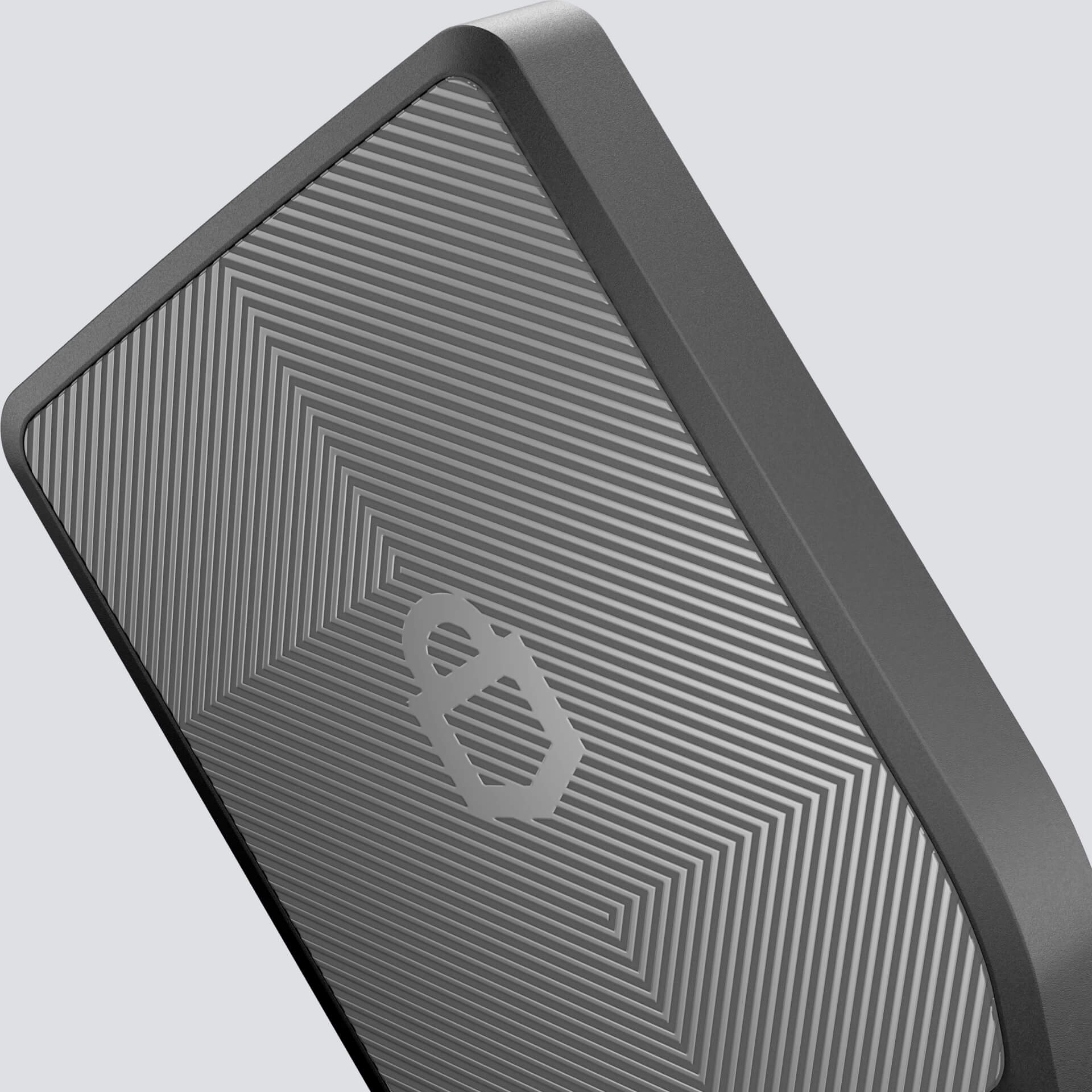
Consider your preferred interface: If you value a color touchscreen for easier navigation and transaction verification, the Trezor TS7 is a strong choice. The Ledger Nano X uses a monochrome display with physical buttons, which some users may find less intuitive.
-
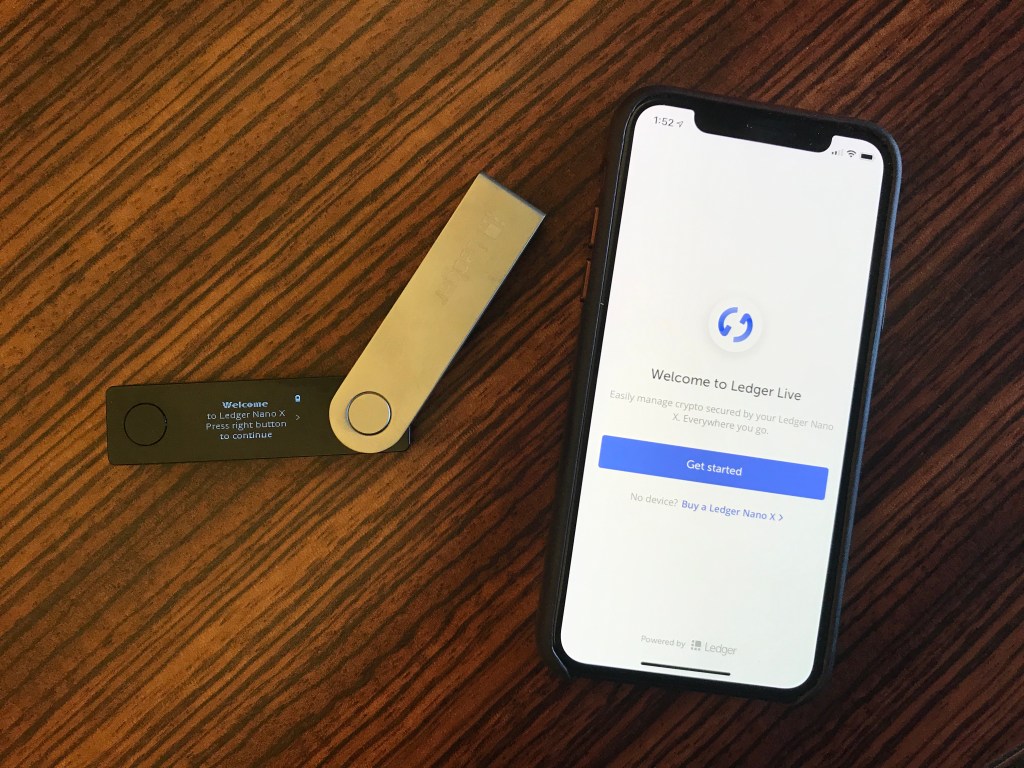
Evaluate connectivity needs: For Bluetooth support and cable-free mobile use, the Ledger Nano X is ideal. The Trezor TS7 only connects via USB-C and does not support Bluetooth.
-
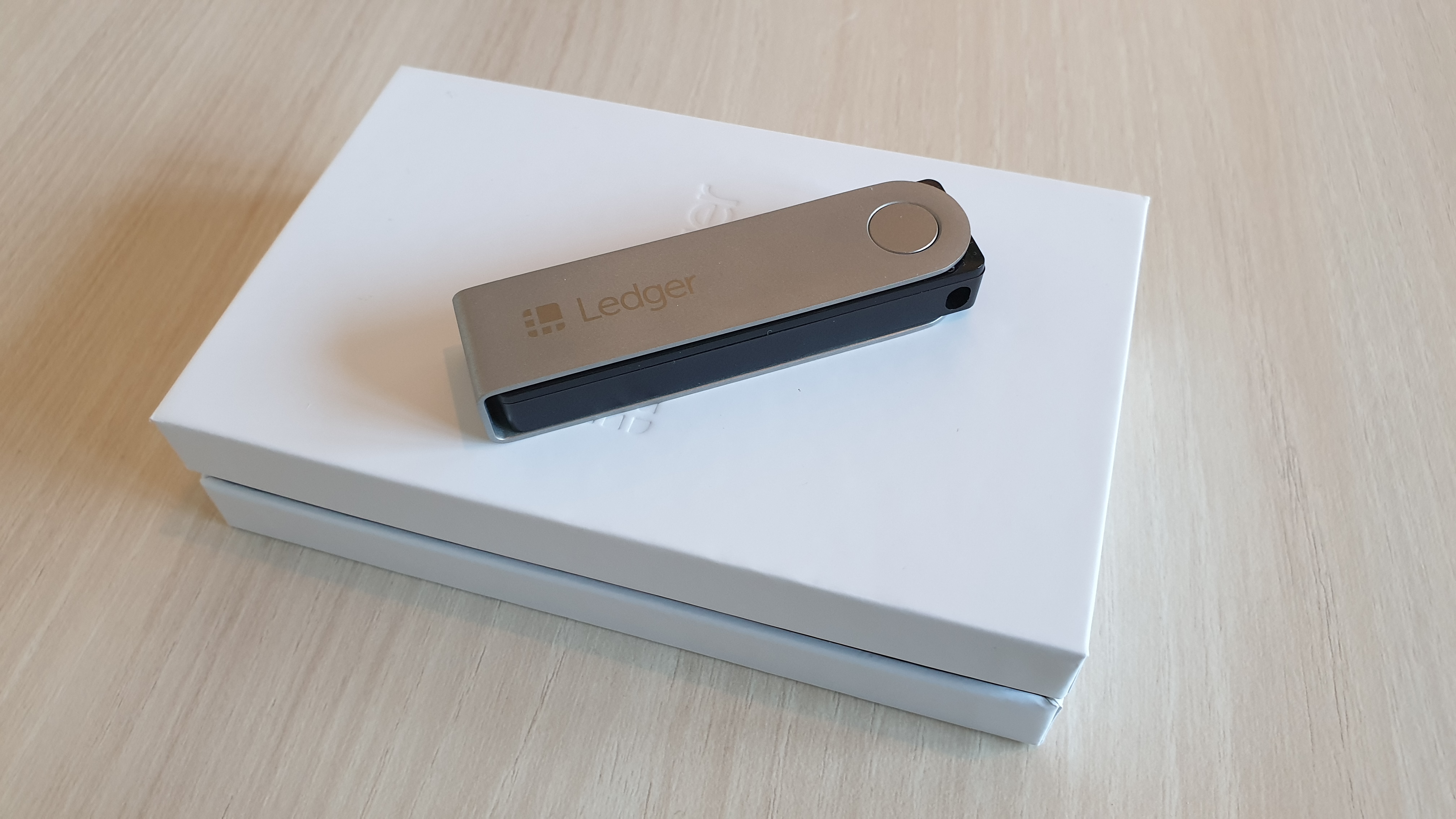
Check supported cryptocurrencies: Choose the Ledger Nano X if you require broader coin support—it handles over 5,500 cryptocurrencies, compared to the Trezor TS7‘s 1,800+.
-
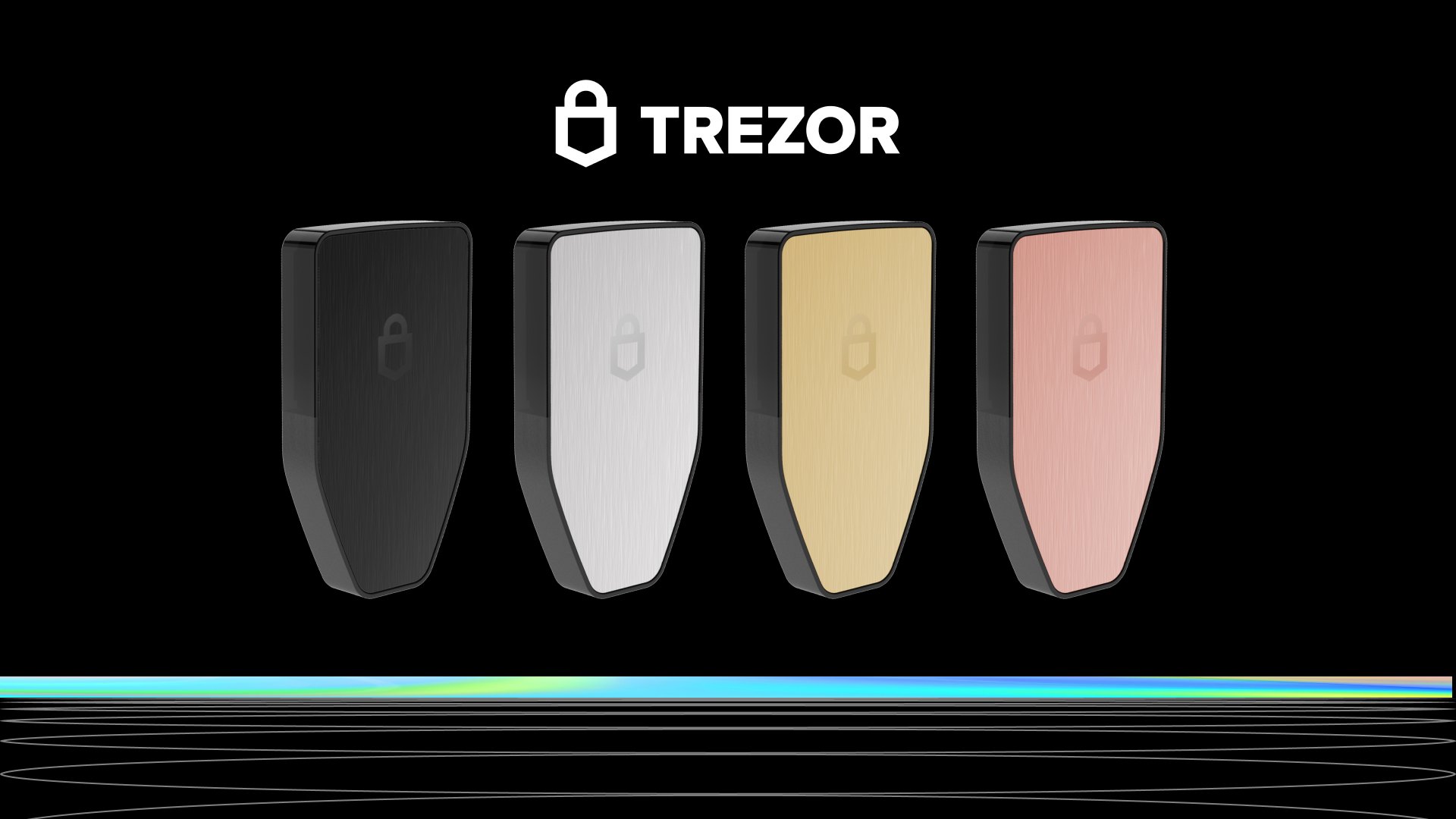
Prioritize security features: Both wallets use a Secure Element chip (TS7: CC EAL6+, Nano X: CC EAL5+). If Shamir Backup for enhanced recovery is important, the Trezor TS7 offers this, while the Ledger Nano X provides Ledger Recover service.
-

Weigh open-source transparency: The Trezor TS7 is fully open-source, appealing to those who value auditability and transparency. The Ledger Nano X uses proprietary firmware for its Secure Element.
-
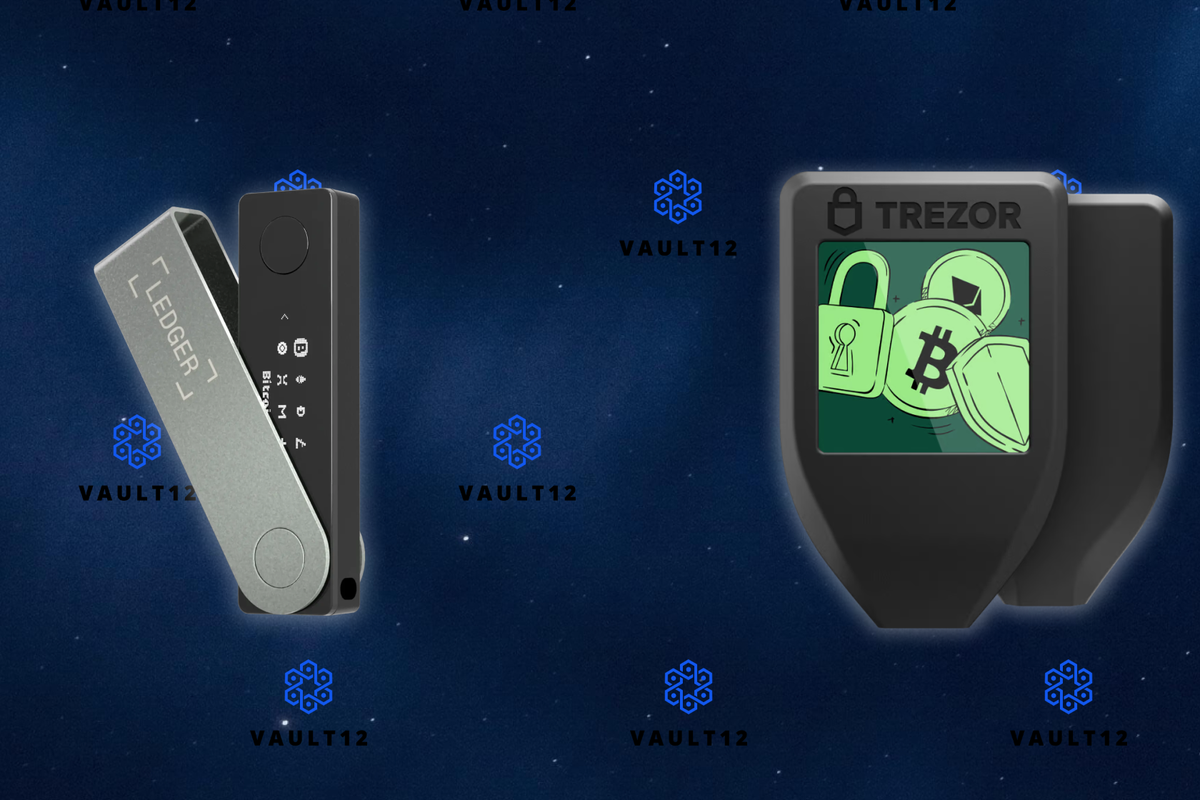
Compare price points: The Trezor TS7 is priced at $169, while the Ledger Nano X costs $149. Consider which features justify the price difference for your needs.
For those still on the fence, it can be helpful to see how these wallets perform in real-world scenarios. Here’s a quick breakdown of user types and which device might suit them best:
- The Visual Learner: Trezor TS7’s touchscreen makes setup and transaction approval feel natural.
- The Asset Collector: Ledger Nano X’s 5,500 and coin support is unmatched for portfolio diversity.
- The Privacy Advocate: Trezor’s open-source codebase and Shamir Backup provide extra confidence.
- The On-the-Go Manager: Ledger Nano X’s Bluetooth lets you manage assets from your phone wherever you are.
Final Thoughts: Is There a Clear Winner?
The hardware wallet landscape in 2025 is defined by specialization. The Trezor TS7 and Ledger Nano X each carve out their own niche. If you want a device that feels modern in your hand and prioritizes transparent security practices, the Trezor TS7 is an excellent choice. If you value versatility, mobile convenience, and vast coin support at a slightly lower price point, the Ledger Nano X remains a leader.
Before purchasing, consider your priorities: Are you managing a wide range of assets? Do you value mobile access? Is open-source security non-negotiable? Let your answers guide your decision.
If you’d like to explore how these wallets compare to other leading models or see visual guides for first-time setup, visit our comprehensive resource at /ledger-vs-trezor-a-visual-guide-to-choosing-your-first-crypto-hardware-wallet.

